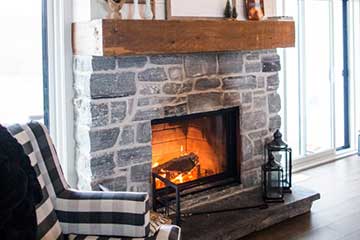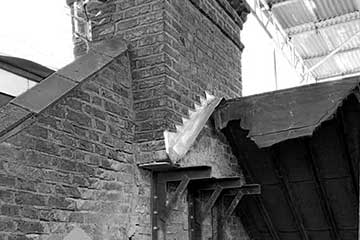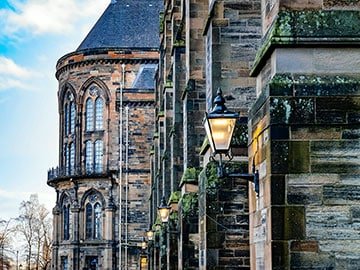What is a Sole Plate?
An essential component of a timber-framed construction is the sole plate. Their installation affects the service life, line, level, and plumb of the building and speeds up the construction process. With older structures, this important component of the house structure may deteriorate over time, which could result in highly expensive problems.
The sole plate is the very first component of any timber-framed structure to be installed. All of the additional structural – timbers and studs – are then built on top of the sole plate.
As a result, it is clear that this is a critical component of the structure. It serves as the framework for the entire construction, and the building itself is compromised if it is in any way undermined.
The sole plate must support the weight of the structure because other pieces of the wooden frame will lean on it. If a sole plate has been put in well, the building will last longer.
The sole plate must be level, sit at least 150mm above ground level, and be coated with a preservative if it is new construction. This will prevent decay.
Is no difference between a sill plate and a sole plate. They are the same thing, only different names used in other regions and/or countries.
A sill plate or sole plate in construction and architecture is the bottom horizontal member of a wall or building to which vertical members are attached.
The sole plate is essentially the first part of any timber framed building to be installed, therefore is obvious that this is a very important part of the building and is required for any timber frame construction.
Rot is the most common problem with a sole plate. Because it is made of wood, it is susceptible to moisture and rot just like any other part of the structure.
The main causes of rot are frequently where the building has been altered and modernised without proper care being given to this old and important part of the structure.
Concrete and other materials are frequently used around the base of a building, either to reinforce the structure or as part of an extension. This has the effect of sealing the sole plate and allowing moisture to accumulate.
The serious problems begin when the sole plate has in fact rotted so badly that it can no longer take a load bearing role. What is left is a property relying on wall to take the load bearing role.
Anyone purchasing or considering purchasing a listed timber frame historic building should have a full building survey performed by a specialist. There are numerous factors that an expert surveyor would consider, and the condition of the sole plate is undoubtedly one of the most important.
Written by Danil P.
23th Aug 2021 (Last updated on 24th Aug 2022)
4 minute read





